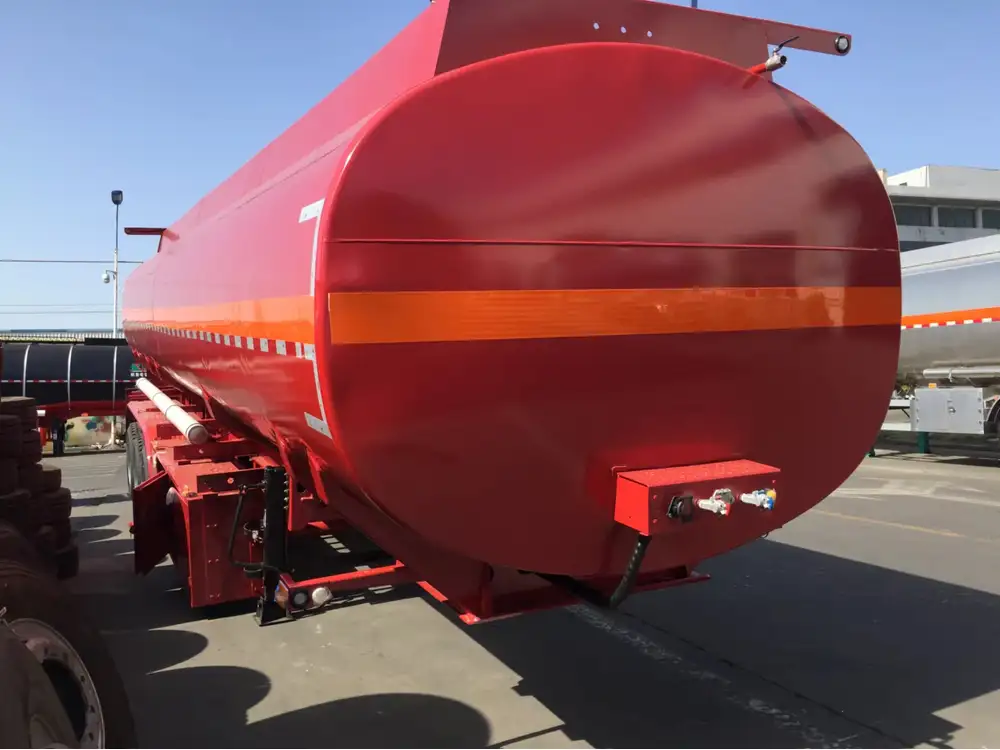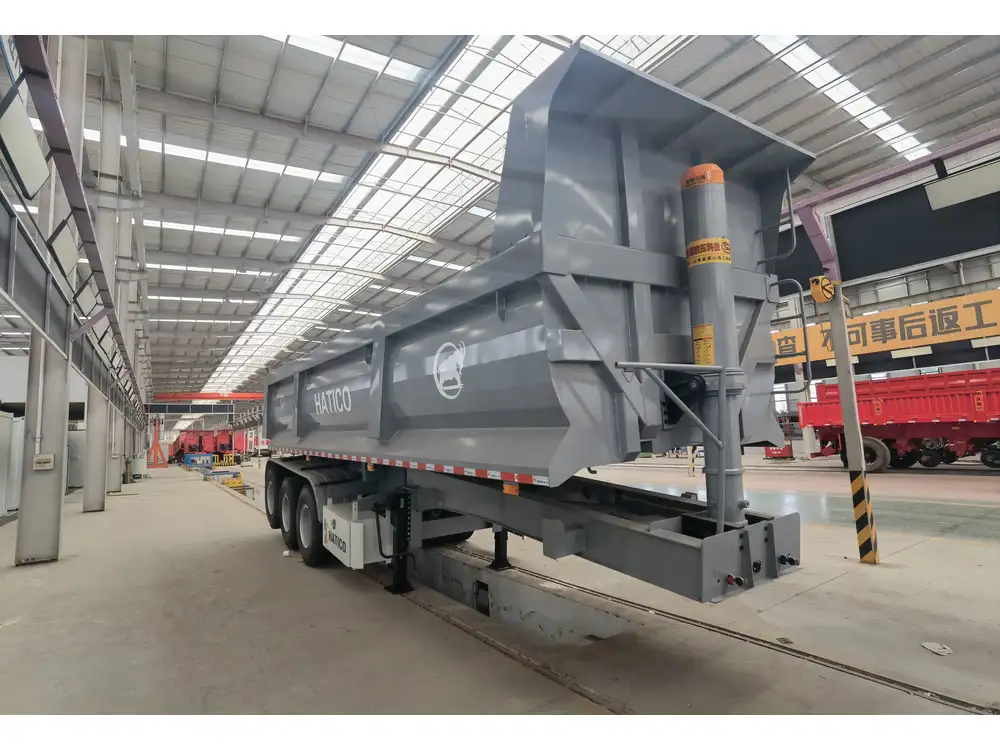When it comes to the construction and transportation industries, understanding the capacity of your equipment, specifically an end dump trailer, is indispensable. Not only does this knowledge help in planning logistical operations, but it also significantly impacts cost efficiency and operational effectiveness. The subject of cubic yards in an end dump trailer is not merely about numbers; it’s about optimizing your project workflow.
Understanding the Basics of End Dump Trailers
End dump trailers are specialized vehicles used for transporting loose materials such as gravel, sand, or aggregates. Characterized by their open box design and hydraulic lift gates, these trailers can unload materials quickly and efficiently.
Typical Dimensions of End Dump Trailers
To ascertain the cubic yard capacity, we must first delve into the specifications. Most end dump trailers have varying dimensions based on design, but they generally fit into the categories below:
| Trailer Type | Length (feet) | Width (feet) | Height (feet) | Approximate Capacity (cubic yards) |
|---|---|---|---|---|
| Standard End Dump | 24-30 | 8-8.5 | 5-6 | 14-18 |
| Heavy-Duty End Dump | 30-40 | 8-8.5 | 6-8 | 16-24 |
| Super Dump | 30-40 | 8-8.5 | 8-9 | 20-26 |

Example Calculation
To illustrate the calculation of cubic yards, consider a standard end dump trailer with the dimensions of 30 feet in length, 8 feet in width, and 6 feet in height. The formula for determining cubic yards is as follows:
[ \text{Cubic Feet} = \text{Length} \times \text{Width} \times \text{Height} ]Calculating Cubic Feet:
- (30 \, \text{ft} \times 8 \, \text{ft} \times 6 \, \text{ft} = 1440 \, \text{cubic feet})
Convert to Cubic Yards:
- Since there are 27 cubic feet in one cubic yard:
- ( \frac{1440}{27} \approx 53.33 \, \text{cubic yards})
Thus, this particular end dump trailer can haul approximately 53 cubic yards of material, though it’s crucial to remember that this number may be affected by the material density being transported.
Factors Affecting Cubic Yard Capacity
1. Material Density
Different materials have varying weights, which can limit the load capacity of the trailer. For example, a trailer might hold a higher volume of loose soil compared to compacted gravel. Here’s a breakdown of some common materials:
| Material | Weight per Cubic Yard (lbs) | Typical Load Limit for Standard End Dump (lbs) |
|---|---|---|
| Loose Soil | 1,600 | 30,000 – 40,000 |
| Gravel | 1,800 | 30,000 – 40,000 |
| Concrete | 3,000 | 20,000 – 25,000 |
| Sand | 1,200 | 40,000 – 50,000 |

2. Trailer Design
The design of the end dump plays a significant role in its capacity:
- Single Axle vs. Tandem Axle: A dual-axle end dump is designed to carry heavier loads and therefore may have a larger cubic yard capacity.
- Hydraulic Lift Mechanism: The efficiency of the hydraulic system can influence load distribution, affecting how material is dumped.
3. State Regulations
Regulations regarding trailer weights vary by state and can impose limits that significantly affect cubic yard capacity. Always ensure compliance with local weight restrictions, especially when planning to transport heavier materials.
Practical Applications of Knowing Cubic Yard Capacity

Efficient Material Planning
Understanding your end dump trailer’s cubic yard capacity is crucial for accurately estimating material needs for projects. Overloading can lead to increased fuel consumption, potential fines from weight violations, and undue wear on the trailer.
Cost Management
By optimizing trailer loads based on cubic yard calculations, companies can reduce transportation costs considerably. Efficient load planning minimizes trips needed to transport materials.
Project Scheduling
Knowing how many cubic yards can be transported at once helps in developing accurate project timelines. This enables contractors to allocate resources effectively and avoid delays.

Frequently Asked Questions
What Is the Standard Cubic Yard Capacity for Most End Dump Trailers?
While it varies based on design and manufacturer, a typical standard end dump trailer can carry between 14 and 18 cubic yards. Heavy-duty models may reach capacities as high as 26 cubic yards.
How Do I Convert Cubic Feet to Cubic Yards?
To convert cubic feet to cubic yards, divide the cubic feet by 27. For example, if you have a volume of 1,080 cubic feet, it would be ( \frac{1080}{27} \approx 40 ) cubic yards.

Can End Dump Trailers Be Used for Wet Materials?
While end dump trailers are known for handling dry materials, they can also transport wet materials like slurry. However, load limits may need to be adjusted due to the increased weight of wet materials.
How Can I Ensure My Truck Can Handle the Load?
Check your truck’s Gross Vehicle Weight Rating (GVWR) against the weight of the load you intend to carry. Overloading the truck can lead to serious safety hazards and damage.
Conclusion
Understanding how many cubic yards fit in an end dump trailer transcends mere mathematics—it is a core element of effective construction and hauling operations. Knowing the dimensions, material densities, and the design specifics of your trailer empowers you to make better logistics decisions that align with both operational goals and budgetary constraints.
By grasping the complexities surrounding the capacity of end dump trailers, you can not only streamline your current projects but also set the stage for future efficiencies. Whether you are managing a construction site or a logistics operation, this knowledge will serve as your foundational pillar for success.



